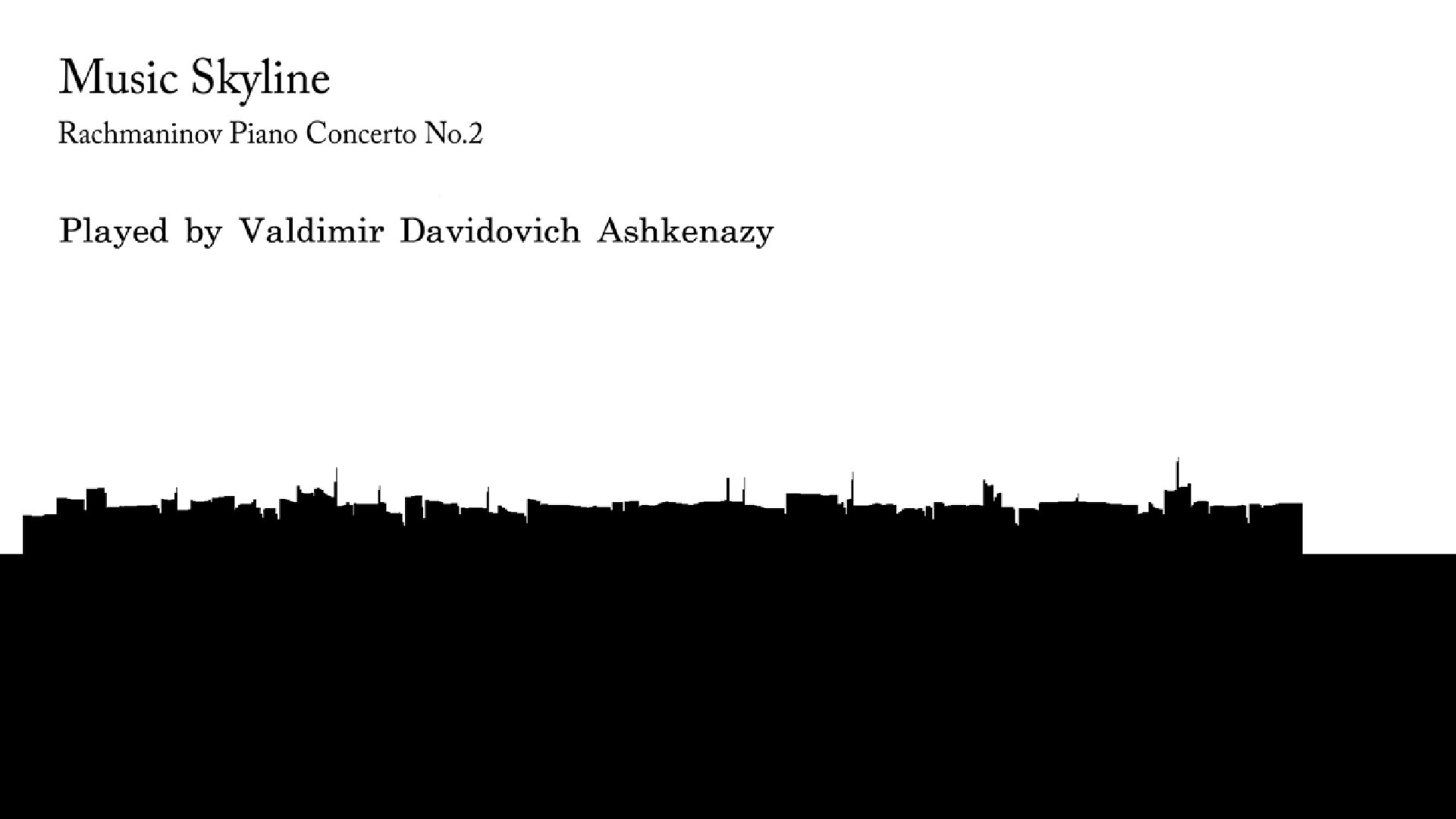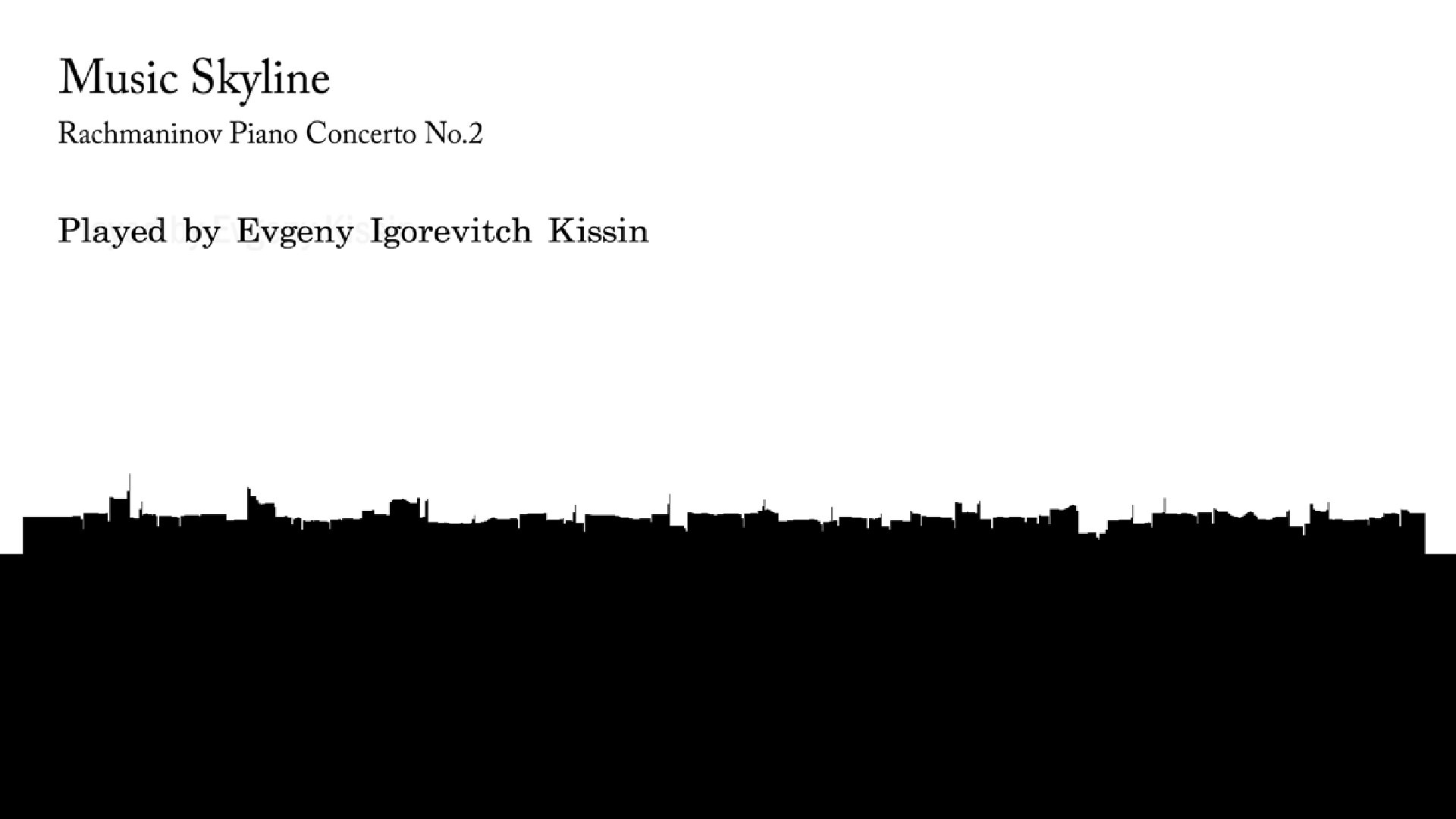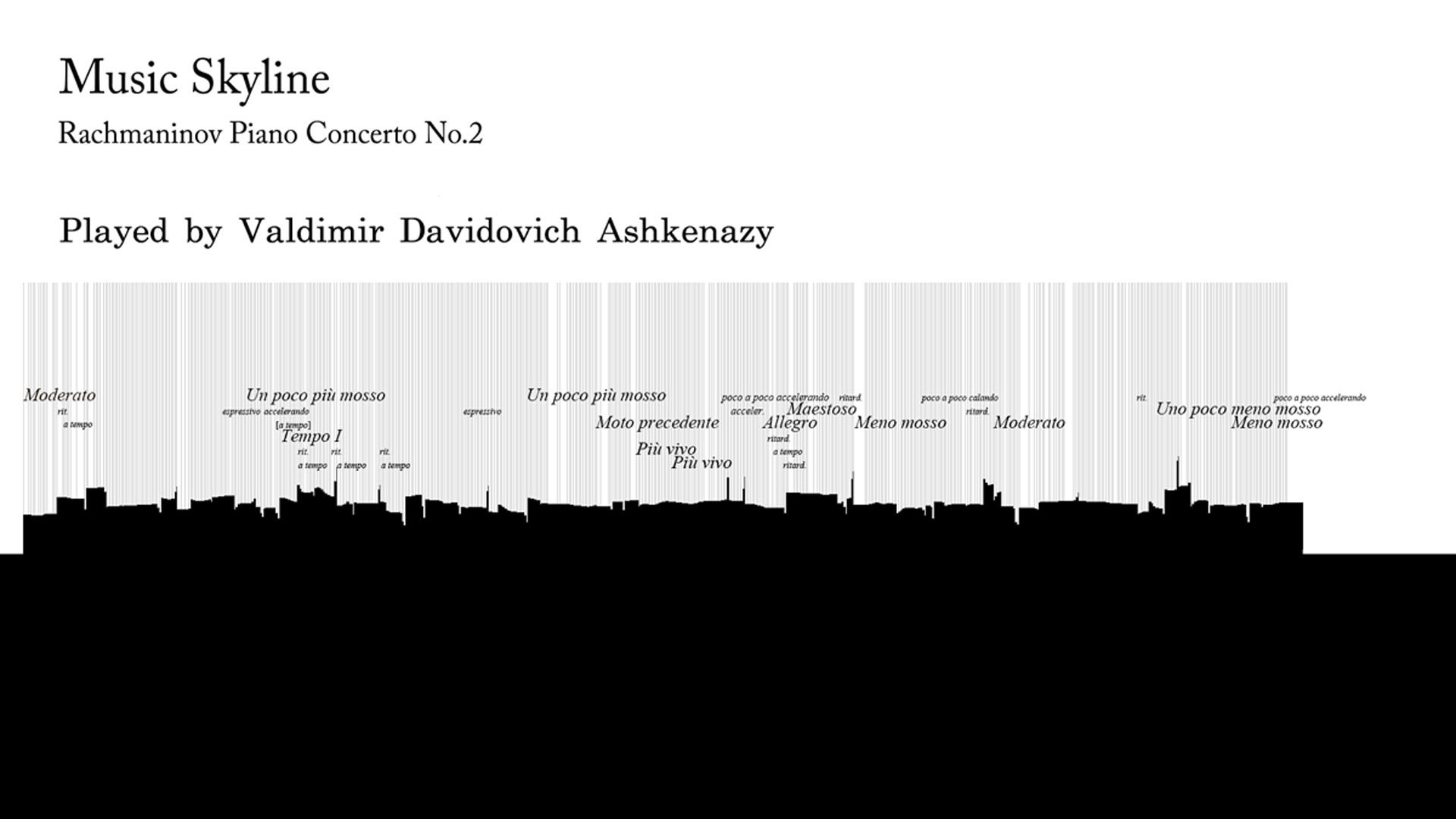Yang Kyu Lim, Jin Wan Park: Music Skyline
Artist(s):
Title:
- Music Skyline
Exhibition:
Category:
Artist Statement:
Sergei Rachmaninov’s piano concerto No.2 C minor, op.18 is a masterpiece that overcomes the depression and block phenomenon of the failure of Rachmaninoff Symphony No.1. This successful Piano Concerto No. 2 has been performed by numerous performers and is still loved by classical enthusiasts to this day.
This work, Music Skyline, is a visualization result that digitally analyzes the first movement of Rachmaninoff Piano Concerto No. 2 C minor, op. 18 and uses the data to express the characteristics of each performer.
A typical example of visualizing music is a score. However, it is very difficult to include all the musical information on the score. Especially, it is not able to put all kinds of musical performance in the score. This work is a visualization created to express musical interpretation or personality that appears differently, even if the same score is played for each of these performers. First, we used record file from Vladimir Davidovich Ashkenazy (1937 – now) and Moscow Philharmonic. And Second, we used Evgeny Igorevitch Kissin (1971 – now)’s, which is now known as the best piano record.
The program made by own will analyze the musical characteristics of both files. Technically, we build a program using the Fast Fourier Transform library from the JAVA language. It shows the difference between the two players through the principle of measuring the time between notes.
The first movement is the Moderato, but the actual performers do not play at exactly that speed. Especially at every moment, the speed of music changes dynamically by their interpretation of music. We defined the musical characteristics of individual players as same as fingerprints. And we found the skyline that could be called the fingerprint of the city. On various media often display the skyline of a city to set a location. We think of the characteristics of the musician as one big city and set the computer to draw a skyline with data. As each building in the city is built according to the passage of time, the shape of the skyline is completed. As the performance of the pianists progresses, the musical interpretation piled up as a building is laid out as a skyline.
There is no city in the world has the same shape of the skyline. There is no musician who plays and interprets equally the same. As musical interpretations accumulate, their musical characteristics create the skyline. Eventually they become architects who build various cities through music. Through these various skylines, we perceive the diversity of musical interpretations with eyes, not with the ear. In the future, we plan to explore the development as a necessary tool for music education.








